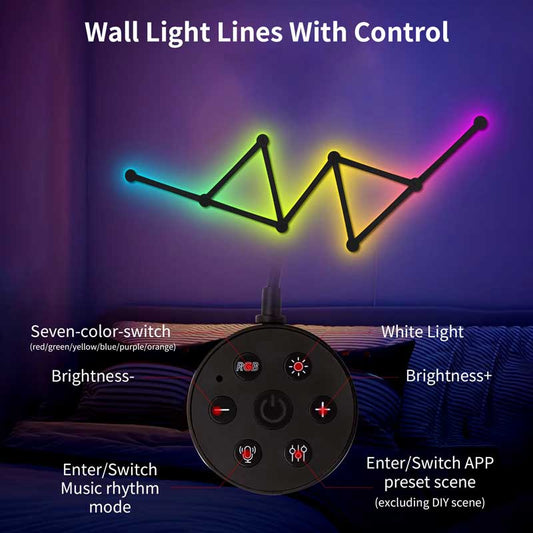What is the best color for a bird room?
Share
The color scheme of a bird room can play a significant role in creating a comfortable, stimulating, and stress-free environment for your pet birds. Birds are sensitive to their surroundings, and the right colors can contribute to their health and well-being, while poor color choices might cause stress or behavioral issues. Here’s a guide to choosing the best colors for a bird room:
1. Soft, Neutral Colors (Best for Relaxation)
-
Light Blues: Soft shades of blue are calming and can promote relaxation. These colors are associated with peacefulness and tranquility, which can help reduce stress in birds.
-
Soft Greens: Light or pastel greens are ideal for creating a serene, natural environment. Green is often associated with nature and growth, making it an excellent choice for a bird room. It has a calming effect and is not too stimulating for birds.
-
Beiges and Warm Whites: Neutral shades like beige or light warm whites can help create a soothing atmosphere without being overly bright or distracting. These colors are great for a background tone, allowing the birds' colorful feathers to stand out.
2. Nature-Inspired Colors (Promoting Well-Being)
-
Earthy Browns and Warm Tones: Brown, tan, and other earthy tones give the bird room a grounded, natural feel, reminiscent of forests or wooded areas. These colors are also associated with stability and comfort.
-
Forest Greens and Olive Tones: Darker shades of green, like forest green or olive, can help create an environment reminiscent of a bird’s natural habitat. These shades offer a calming, earthy vibe that encourages a sense of security.
-
Wood Tones (Wooden Accents): Incorporating natural wood finishes into the room, whether through furniture, perches, or wall panels, can provide a warm, inviting environment. It helps mimic the birds' natural surroundings and adds an organic aesthetic.
3. Colors to Avoid
-
Bright Reds or Oranges: While these colors might be stimulating and energetic, they can sometimes be overwhelming for birds. Intense red or orange tones can lead to stress or over-excitability, and could interfere with a bird's sleep patterns or calmness.
-
Black or Dark Colors: Very dark colors, like deep blacks or dark purples, can create a sense of confinement or darkness, which might be unsettling for birds. If you prefer darker tones, use them in moderation and balance them with lighter colors to ensure the room remains bright and welcoming.
4. Bright, Vibrant Colors (In Moderation)
-
Bright Yellow: Yellow is often associated with happiness and energy. Some birds enjoy being around yellow tones, as it is stimulating and uplifting. However, too much yellow can be overwhelming, so use it in small doses (like in accessories, toys, or accents).
-
Soft Pinks: Soft shades of pink can be calming, and they provide a gentle and cheerful vibe without being too overstimulating. These are particularly good for small or timid birds.
-
Sky Blues and Turquoise: These lighter, cooler shades of blue are often soothing and work well in a bird room. They can evoke a feeling of openness and lightness.
5. Consider the Birds' Needs
-
Feeding Areas: For areas where birds eat or drink, use lighter, neutral colors to keep the focus on their activity and prevent distractions.
-
Resting Areas: For resting or sleeping areas, calming, muted tones like soft blues, greens, or greys are ideal. These shades help create a peaceful environment conducive to relaxation and sleep.
-
Play Areas: Bright, fun colors like yellow or soft orange are good for stimulating birds’ playfulness and curiosity. If you want to encourage activity and mental stimulation, these colors can help foster an energetic and engaging environment.
6. Natural Light and Bird Health
Aside from color, it’s important to consider lighting when setting up a bird room. Birds need adequate natural light or full-spectrum lighting to ensure they get the proper exposure to UVA and UVB rays, which are crucial for their health. These lights mimic natural sunlight and help support their vitamin D production, calcium absorption, and overall well-being.
- Full-Spectrum Lighting: You might also want to ensure that the room has full-spectrum lights that replicate natural sunlight. These lights provide the right light spectrum, including UVB and UVA, which is essential for birds’ physical and behavioral health.
Conclusion
When choosing the best colors for a bird room, the goal is to create a comfortable, calming environment that suits the birds' natural needs. Soft, neutral, and nature-inspired tones like light blues, greens, and earthy browns are ideal, while vibrant and bright colors like yellow and soft pink can be used in moderation to encourage playfulness and mental stimulation. Dark colors or overly bright reds should be avoided, as they can cause stress or overwhelm.
Creating the right balance of color, light, and natural elements can help provide a nurturing environment for your feathered friends, ensuring they feel safe, healthy, and happy in their space.




